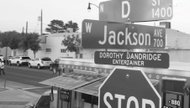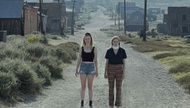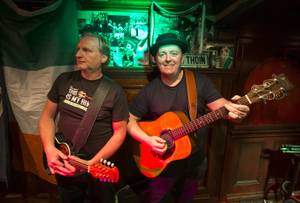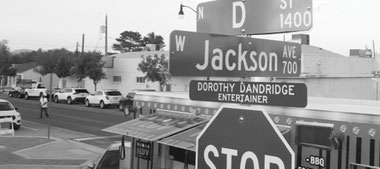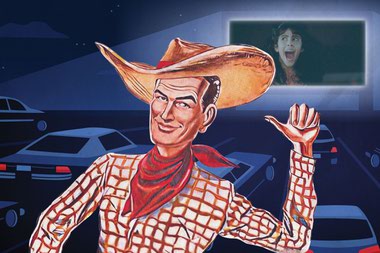
The Witch Ralph Ineson, Kate Dickie, Anya Taylor-Joy. Directed by Robert Eggers. Rated R. Opens Friday citywide.
Witches and other supernatural horror phenomena may or may not exist in Robert Eggers’ chilling The Witch, which finally opens this week more than a year after wowing audiences at the 2015 Sundance Film Festival. The film deliberately keeps the matter ambiguous for most of its running time, allowing for both the possibility of unspeakable evil and the more mundane (but nearly as disturbing) explanation that said evil resides entirely in its characters’ heads. Either way, however, Eggers’ true achievement is making history itself inexplicable and terrifying. He’s set the action in 1630, and done extensive research; much of the dialogue comes straight from documents of the period, retaining various archaic speech patterns. This patina of strangeness makes The Witch singularly unnerving right from the jump, and the intensity keeps building and building until it becomes well-nigh unbearable.
To be fair, it’s not as if Eggers has built his story around a perfectly ordinary 17th-century American family. William (Ralph Ineson), its forbidding patriarch, has split from the community—an unspecified religious schism of some sort—and taken his wife, Katherine (Kate Dickie), and his five children to live in isolation at the edge of the woods. Almost as soon as they move into the house, the youngest child, still an infant, disappears in a split second while being watched by older sister Thomasin (Anya Taylor-Joy), which turns out to be only the first in an endless series of malevolent events. Another child, Caleb (Harvey Scrimshaw), shows signs of being possessed, while twins Jonas (Lucas Dawson) and Mercy (Ellie Grainger) develop a singularly creepy kinship with a goat they call Black Philip.
Unlike Arthur Miller’s classic play The Crucible, which it initially resembles, The Witch has no interest in using witch hunts as a metaphor for contemporary scapegoating. If anything, it strongly suggests that the paranoid colonial villagers who hanged (not burned) women back then might have had the right idea. Some may find that objectionable, but this isn’t a film trying to make a political point, on either side. Its only goal is to freak the crap out of you, and it succeeds mightily—not with hackneyed jump scares, but with a dark vision of a world so divorced from our own that it might as well be another planet.
